Understanding the Impact of Bogue v. Gillis on Nebraska’s Statute of Limitations in Medical Malpractice Cases
Best Practices Following the Nebraska Supreme Court’s Ruling on the Continuous Treatment Doctrine
By John F. Carroll, JD, RN
Case citation: Bogue v. Gillis, 311 Neb. 445 (2022) Ruling date: 04/22/2022
The Nebraska Supreme Court’s decision in Bogue v. Gillis, 311 Neb. 445 (2022), resolved longstanding inconsistencies in the application of the continuous treatment doctrine in medical malpractice cases. Prior to Bogue, Nebraska courts followed two conflicting lines of authority regarding when the statute of limitations begins under the continuous treatment rule. Some cases suggested that any treatment related to the alleged negligence could extend the limitations period, while others required that the ongoing treatment itself be negligent or based on a misdiagnosis. In Bogue, the Nebraska Supreme Court clarified that the statute of limitations will only be extended under the continuous treatment doctrine if the physician’s continued care involves either a misdiagnosis that results in incorrect treatment or an ongoing course of negligent treatment.
This ruling has significant implications for plaintiffs seeking to file malpractice claims beyond the standard two-year limitations period. Below, we analyze the decision and outline best practices for attorneys handling medical malpractice claims in Nebraska.
- The Continuous Treatment Doctrine Now Requires a Misdiagnosis or Ongoing Negligence
Before Bogue, Nebraska courts applied the continuous treatment doctrine inconsistently. In some cases, courts ruled that the statute of limitations was tolled until the physician’s treatment—related in any way to the alleged malpractice, concluded, regardless of whether that treatment was negligent. Other cases required that the subsequent treatment be itself negligent or part of a misdiagnosis. The Nebraska Supreme Court settled this conflict in Bogue, stating:
“The continuous treatment doctrine applies when there has been either a misdiagnosis upon which incorrect treatment is given or when there has been a continuing course of negligent treatment. It does not apply where there have been only isolated acts of negligence.”
(Bogue v. Gillis, 311 Neb. at 456).
This ruling establishes that plaintiffs cannot rely on follow-up appointments or continued care alone to extend the statute of limitations unless they can prove that the physician’s post-negligence treatment was itself improper or based on a misdiagnosis.
- The Occurrence Rule Remains Controlling, Subject to Limited Exceptions
Nebraska law applies an “occurrence rule” in medical malpractice cases, meaning that the statute of limitations generally begins running on the date the alleged negligence occurred, unless a recognized exception applies. The court in Bogue reaffirmed this principle:
“The statute of limitations shall be commenced within two years next after the alleged act or omission in rendering or failing to render professional services providing the basis for such action.”
(Id. at 459, citing Neb. Rev. Stat. § 44-2828).
Although Bogue does not eliminate the continuous treatment doctrine, it strictly limits its application to cases involving either misdiagnosis-based treatment or ongoing negligent care. This means that, in most cases, the two-year clock will start running on the date of the allegedly negligent act.
- The Discovery Rule Exception Remains Separate from Continuous Treatment
The Nebraska Supreme Court also distinguished between the continuous treatment doctrine and the discovery rule, reaffirming that they are separate legal doctrines. Under the discovery rule, a plaintiff who could not have reasonably discovered the malpractice within two years of its occurrence may have an additional year from the date of discovery to file a claim. However, Bogue makes it clear that continuous treatment cannot be used as a substitute for the discovery rule.
“The discovery exception is not at issue in this appeal. Instead, the question of whether the Bogues’ claim was timely filed hinges entirely on when the two-year statute of limitations began to run.”
(Id. at 450).
This distinction is critical for attorneys evaluating whether a claim is time-barred. If the plaintiff discovered or should have discovered the malpractice within two years of its occurrence, the continuous treatment rule will not provide an additional extension unless there was ongoing negligent treatment or a misdiagnosis.
- Pretrial Strategies for Establishing or Defeating a Continuous Treatment Argument
Given the Bogue decision, plaintiffs seeking to extend the statute of limitations under the continuous treatment doctrine must present compelling evidence of either ongoing negligent care or a misdiagnosis that led to incorrect treatment. Conversely, defendants can now more easily argue that the statute of limitations expired by showing that any subsequent treatment was unrelated to negligence.
To toll the statute of limitations, the plaintiff must:
- Obtain expert testimony demonstrating that the physician’s post-negligence treatment deviated from the standard of care.
- Present medical records showing that the defendant physician continued to act negligently beyond the initial malpractice.
- Establish that the physician’s misdiagnosis directly led to continued incorrect treatment.
The continuous treatment doctrine does not apply if:
- The plaintiff cannot prove ongoing negligent medical care following the initial negligent act.
- The alleged malpractice and later treatment were unrelated.
- The subsequent care was standard follow-up treatment, not negligent care or based on a misdiagnosis.
Conclusion
The Bogue v. Gillis ruling provides much-needed clarity on Nebraska’s continuous treatment doctrine and significantly narrows the circumstances under which plaintiffs can toll the statute of limitations in medical malpractice cases. Attorneys representing plaintiffs must ensure that their clients’ cases meet the clarified requirements, while defense attorneys can use this decision to challenge attempts to extend filing deadlines based on routine follow-up care.
At Watson & Carroll, we stay ahead of evolving case law to ensure our clients receive the most strategic legal counsel in medical malpractice litigation. If you have questions about a case or how Bogue v. Gillis impacts your case, contact us at (402) 991-2100. We are here for you.


